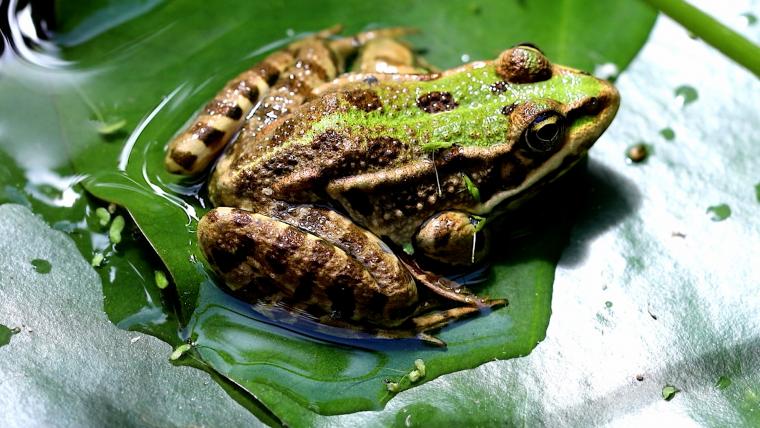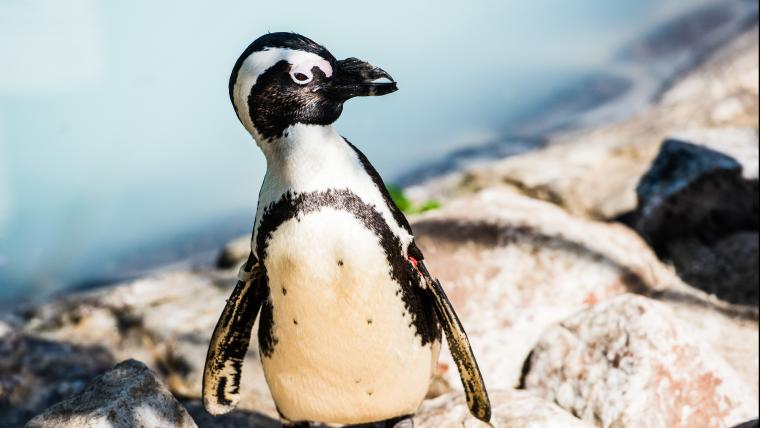
Why frogs are keeping wetlands in a state of equilibrium
Wetlands provide the perfect habitat for frogs to get their slime on. These amphibians depend on water at every stage of their lives. As an indicator species, frogs croaking in the distance are a sign of healthy wetlands. However, human activities are endangering this symbiotic relationship.
Wetlands are teeming with life. The moisture and humidity allow numerous species to flourish here. Plants that grow in these areas provide shelter from predators and nesting sites for birds, whereas the water offers the ideal place for frogs to reproduce. But wetlands also provide people with protection. By trapping sediments and removing pollutants, wetland ecosystems serve as natural water filters. Their sponge-like ability to soak up excess water also reduces the risk of flooding. Yet these ecosystems are threatened by climate change, the development of dams, and pollution – to which frogs are particularly susceptible.
Frogs absorb most of the oxygen they need through their porous skin, and moisture is vital to this process. Yet this also leaves them vulnerable to ingesting toxic contaminants through air and water pollution, which will adversely affect their health and their role in the wetland ecosystem. Young tadpoles are confined to the safety of the water, where they keep it clean by feeding on algae. Fully-grown frogs use their long sticky tongue to feed on a number of insects, and simultaneously serve as a meal for predators such as snakes and birds of prey.
Wetlands and frogs are integral to a healthy and stable environment. Their part in our continued survival cannot be overlooked. When we preserve these habitats and their species, we are not only protecting the planet but our future within it.






























Please sign in to leave a comment